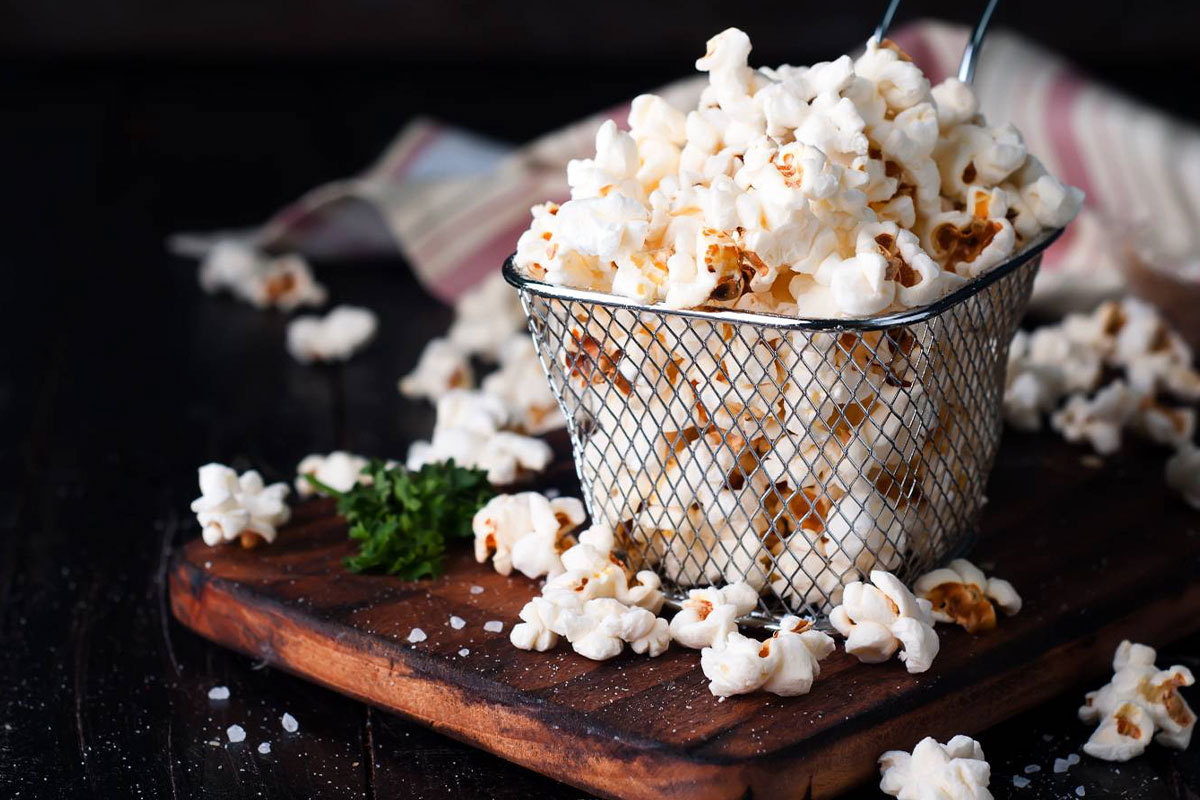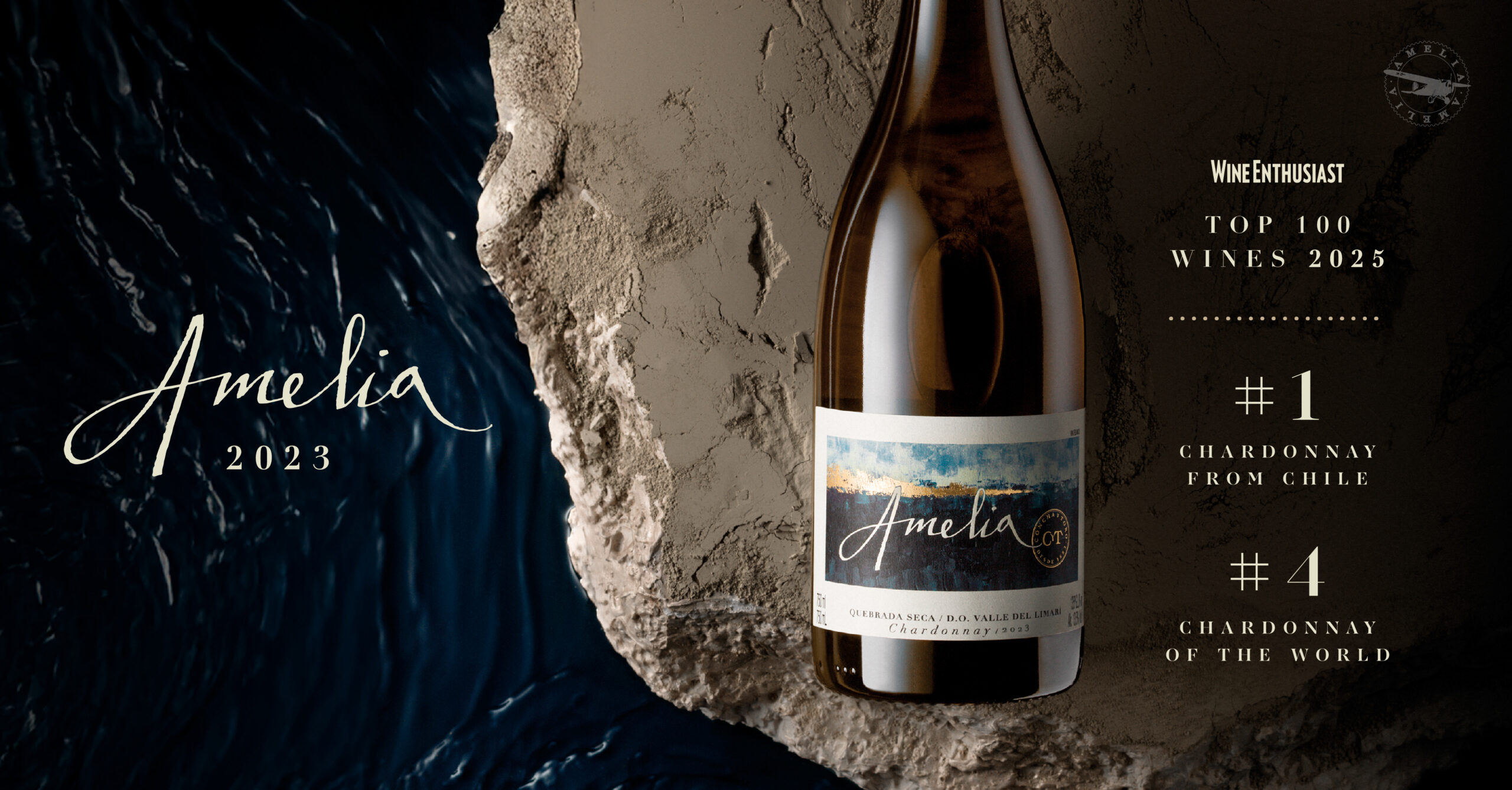22 de October de 2021
It’s bubbles time
Because this October 23th is International Sparkling Wine Day, here we tell you how these precious bubbles reach the wine and some tips to improve your enjoyment.
When we talk of sparkling wines, we refer to wines that have… bubbles! If the first thing that comes to your mind is a glass of Champagne, it’s perfect. In fact, it is the most recognized sparkling wine in the world. However, we must clarify that not all sparkling wines can be called Champagne. Why? Because this is a designation of origin only for those white or rosé sparkling wines, made from the grapes Chardonnay, Pinot Noir or Pinot Meunier and specifically from the Champagne area in France. Now, how does wine get its bubbles?
The process in which the wine generates bubbles is through a second fermentation. For this reason, sparkling wines are considered the most complex style of wines. Since winemakers must first make the base wine, which can be done with any grape variety, and then make it have bubbles. Although today there are several ways of doing it, which will give variations to the wine regarding its style and bubbles, here we will focus on the two most popular techniques: the Traditional method or Champenoise, and the Charmat.

Ph: Sparkling wine
Traditional method
Continuing with the case of Champagne, its designation of origin also requires that its vinification must be done using the Traditional or Champenoise method. Which consists of a second fermentation inside the bottle (topped with a crown cap and in a horizontal position) that happens thanks to the action of added sugar and yeast (this mixture is also known as Liquor de tirage), which will produce carbon dioxide. For this reason, special bottles are used capable of withstanding the pressure of this gas, which will be released in the form of bubbles once the bottle is opened.
After this second fermentation, dead yeasts now called lees, when in contact with wine will deliver those unmistakable aromas of toasted bread, brioche, vanilla, coffee and a creamy texture on the palate. After months or years, the lees and sediments will be removed through the disgorging of the bottle, a process in which a little wine is usually lost. Finally, the bottle is filled with Expedition liquor, which is nothing more than a mixture of the initial base wine with a little bit of sugar.

Ph: STOCKFOOD CEPHAS PICTURE LIBRARY
Charmat method
In the Charmat method, also used for sparkling wines such as Italian Prosecco or Lambrusco, the wine undergoes its second fermentation in totally hermetic tanks capable of resisting the pressure caused by carbonic gas. Then, in the same tank, the wine is filtered, the Exposition liquor is added depending on the desired sweetness and it is bottled. As a result of this process, the aromas of sparkling wines made with the Charmat method are fresher and more intense, as they preserve the citrus and fruity characteristics of the base wine very well. Casillero del Diablo Devil’s Collection Brut, for example, is a sparkling wine from Chardonnay and Pinot Noir grapes from the Limarí Valley, made under the Charmat method. Which stands out for its delicate citrus notes, mixed with green apple and mineral touches, while on the palate it presents minerality and balanced acidity, in addition to the lime from the calcareous soils of its origin.
What does Brut mean?
The amount of added sugar in the Expedition liquor is important when it comes to understanding the classification of sparkling wines, because depending on this amount they will have different names: Nature (less than 3 grams per litre), Brut Nature (less than 7 grams per litre), Extra Brut (less than 11 grams per litre), Brut (less than 15 grams per litre), Demi Sec (from 15 grams per litre), Sweet (more than 40 grams per litre).
Tips to enjoy it better
The glass definitely matters. Using a flute-type glass to appreciate better and preserve its bubbles is ideal. As it should be served cold, ideally between 6 or 10 degrees C, the flute glass will help you not to transfer temperature with your hands.
If you want to have it with some food, sparkling wines are so versatile that you could enjoy them along with lobster, cheeses like Camembert or even a bowl of pop corn! Yes, in fact, popcorn is an infallible pairing.











